
- Home
- Stud Dogs
Some of our most popular Stud Dog Breeds:
- Puppy Litters
- Dog Services
- Dog Breed Profiles
- Blog
- Contact Us
Whippet Breed Profile
- Breed Profiles
- Whippet
- Aug 27
- Share post
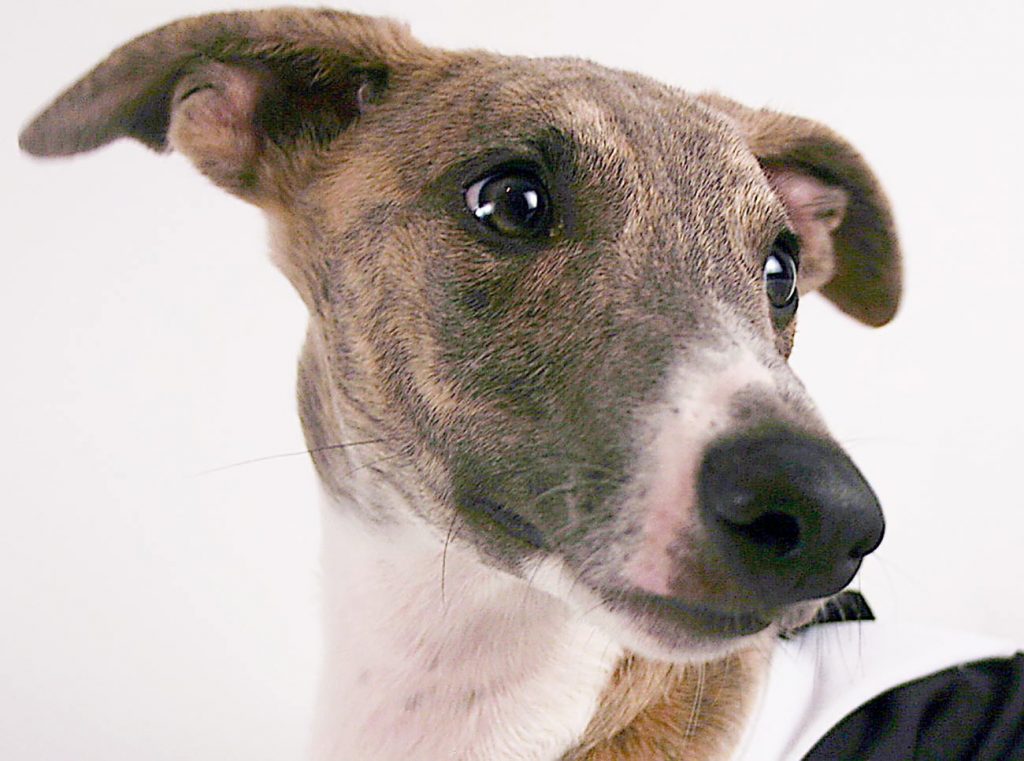
Whippets are a friendly and gentle breed. They are well-loved as loyal companions, owing to their calm, quiet nature and strong bonding instinct. These dogs have the inbuilt urge to chase smaller creatures and are prone to sudden sprints, reaching incredible speeds of up to 35 miles per hour, making them the fastest domesticated animals comparative to their weight. Whippets love to relax, so a comfortable sofa and a warm home is ideal for these placid dogs. They aren’t prone to barking, so are not often used as guard dogs. Most Whippets have very slender body frames, although there is a known genetic mutation in this breed that bulks up the dog and causes a muscular brawny physique – Whippets born with this mutation are called ‘Bully Whippets’.
Typical Whippet Facts
Height:
Dog: 19-22 inches (48-56 cm)
Bitch: 18-21 inches (45-53 cm)
Weight: 19-45 lbs (9-20 kg)
Average Litter Size: 5-7
Life Expectancy: 12-15 years
Good with Children: Yes
Kennel Club Classification: Hound
Colour of a Whippet
Whippets come in a wide variety of colours and patterns. Solid colours such as black, blue, cream, fawn, red fawn and white are commonly found, as are mixed hues such as black and white particolour. Brindle is often seen on Whippet coats. Red brindle, for example, is formed by streaks of colour that are darker than the coat’s base colour, often resembling faint tiger-striped markings. Masking is also common for a Whippet. These are markings on the face area that give the appearance of a mask. Varying coloured trims are also found on this breed, and a Whippet may have a combination of colours and markings.
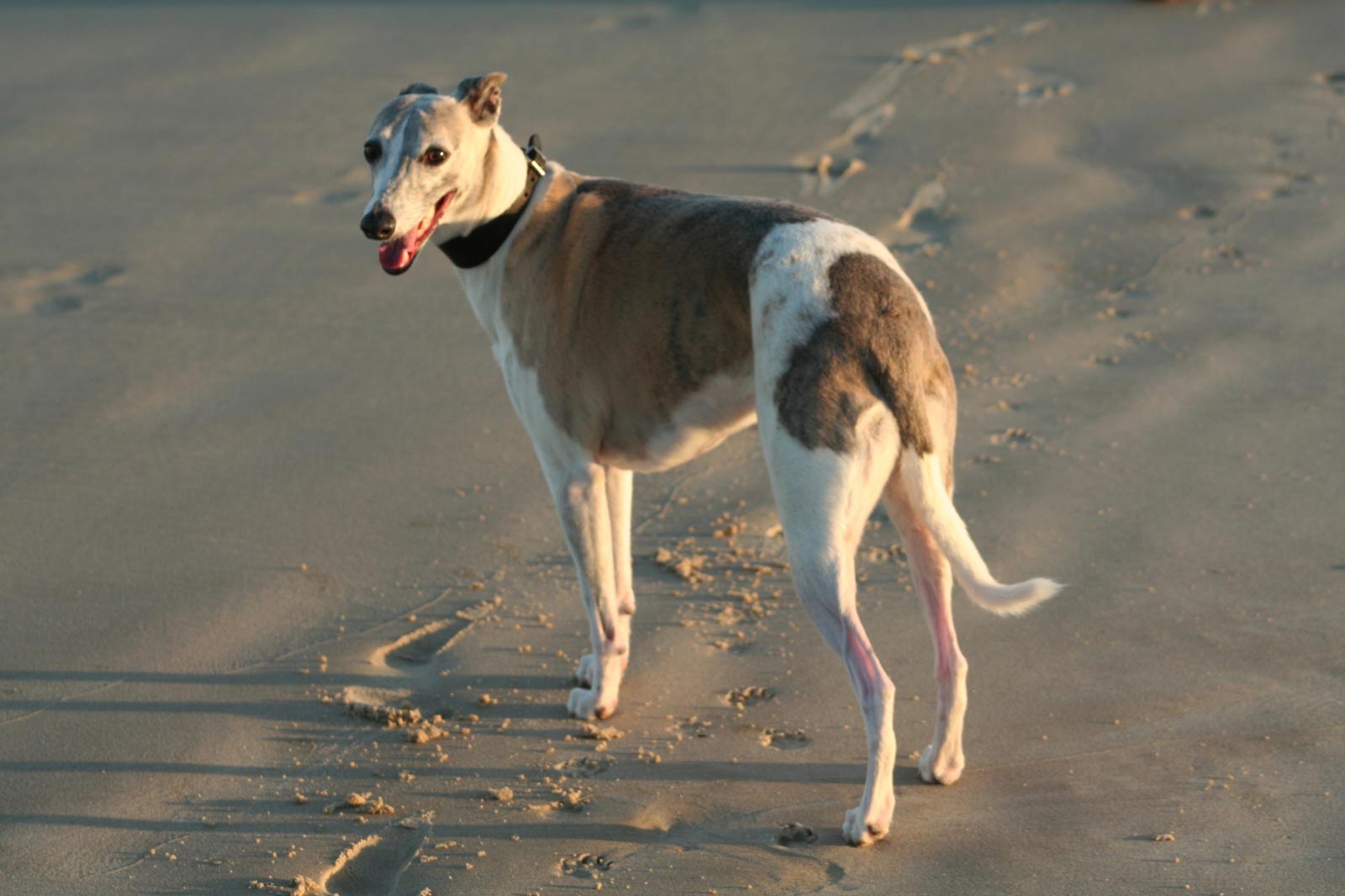
Grooming a Whippet:
In the spring and autumn, Whippets’ coats will undergo seasonal shedding to change the density of their fur in accordance with the changing weather temperature. Whippets are very easy to groom, with only minimal weekly brushing required, and a rubber brush is best. This breed isn’t very fond of baths, but they tend not to need them often. Regular brushing of the dog’s teeth will help to prevent tartar, and fortnightly nail clipping is also necessary. It’s important to keep a Whippet’s eyes and ears clean, with regular checks for infections. Haircuts are not required for this breed as their fur doesn’t grow long.
Whippet Common Ailments/Health Issues:
Whippets have very thin skin, so they can be prone to injuries such as cuts and scrapes. These types of wounds will usually heal well, but it’s worth keeping an eye on them to ensure no infections occur. Due to the slight frame of a Whippet, they are at risk of developing hypothermia in cold temperatures, and they are also sensitive to anaesthetics. Other potential health issues of Whippets include heart disease, deafness, anxiety, hormonal diseases, musculoskeletal injuries, orthopaedic diseases, cancer, epilepsy, blood disease, eye diseases and allergies. Whippets are generally healthy dogs, but owners should always enquire about the puppy’s parental health background to reduce the risk of inherited problems.
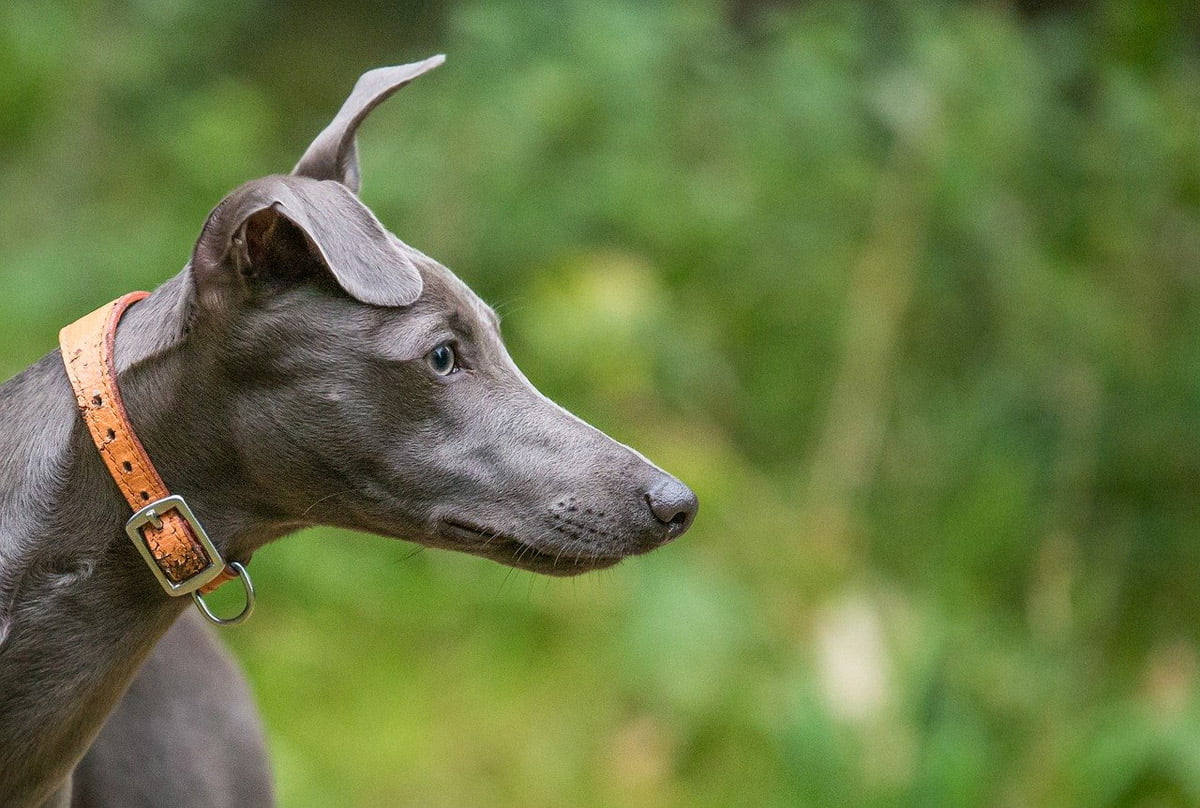
Temperament of the Whippet:
Whippets are well-known for their docile and friendly temperament. They make excellent family pets and are happy to be included in families with children. Whilst Whippets make great companions to other dogs, they are less suited to homes with other small animals due to their inbuilt tendencies to pursue prey.
Training a Whippet:
The highly intelligent Whippet is one of the easier breeds to train, as long as the owner is patient and gentle. Whippets are eager to please, but they do not respond well to harsh discipline. A system of praise and reward will prove highly effective when training a Whippet, and clicker training is a particularly useful method for this breed. When house training a Whippet, crate training works well, as Whippets are clean dogs, preferring not to soil their bedding area. Short training sessions work better than long stretches for this breed, and varied tasks help to keep the Whippet interested.
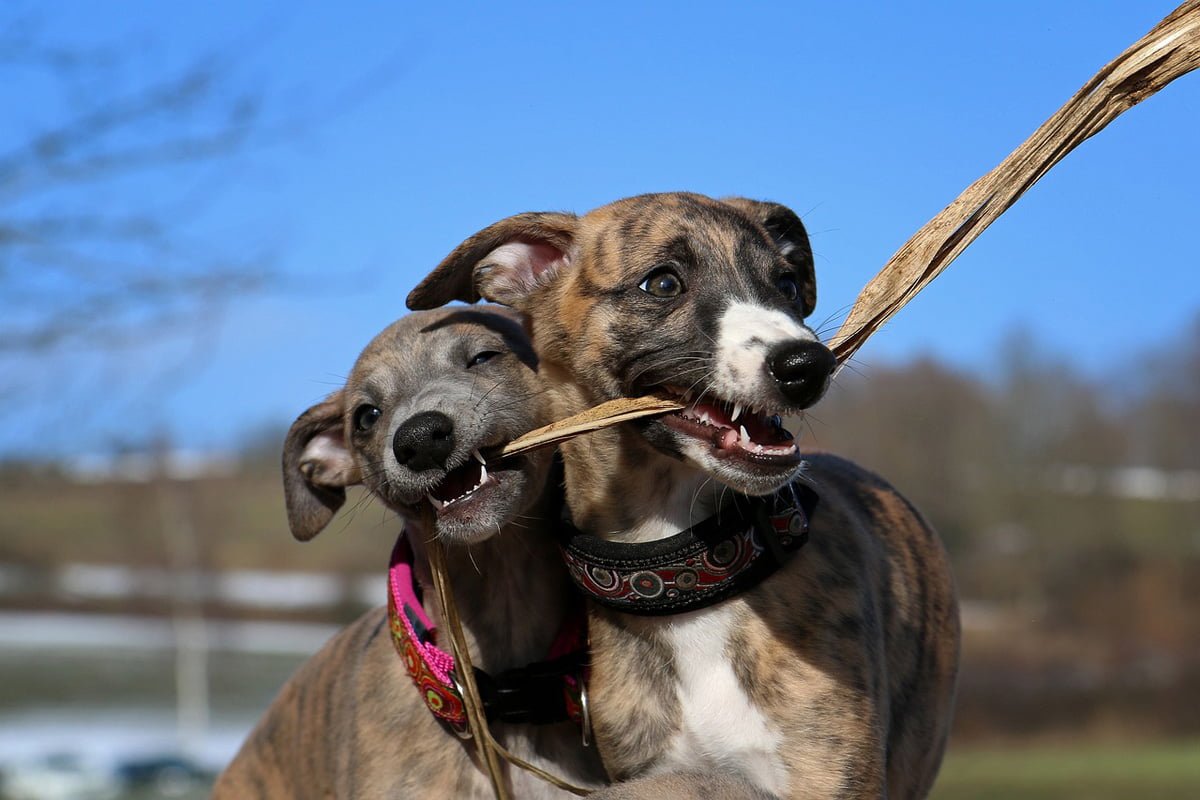
Exercise for a Whippet:
Whippets enjoy short bursts of speed rather than marathon running, so a brisk 30 minute walk daily with regular play suits this breed nicely. Fetching a ball, catching a frisbee or playing tug of war are all great activities for burning up excess energy. Active play with other dogs will be enjoyable and give plenty of stimulation. As Whippets require mental stimulation, short obstacle courses combined with an aspect of puzzle solving are a great source of fun and exercise for this breed.
History of the Whippet:
The origin of the Whippet is unusual, as there are two distinct theories regarding the development of this breed. The most widely accepted speculation is that these dogs were bred into existence during the 17th century. The other theory indicates that Whippets are, in fact, much older, dating back several thousand years to the time of ancient civilisations. It’s quite a contrast, but there are pieces of evidence to support both opinions.
The latter theory was first mentioned in an article published at the beginning of the 20th century, and supporters of this hypothesis have found depictions of Whippet types of dog in paintings, tapestries and art from ancient Egypt.
The idea that Whippets originated more recently is more commonly cited, and the first recorded mention of a Whippet is from 1610 in England. However, the Whippet did not receive official recognition until 1981, when The Kennel Club UK acknowledged these dogs as a specific breed. The American Kennel Club followed suit in 1988. The word Whippet is thought to stem from the phrase “whip it”, referring to the action of using a whip on horses to spur them into running faster. It’s also possible that the name could derive from the word “wappet”, meaning a small, yapping dog. Whippets have also sometimes been given the moniker of “snap dog”.
Greyhounds have been popular for several hundred years for racing and coursing game. This type of dog, alike the Whippet, is known as a sighthound, using their highly attuned sense of sight to spot and pursue small creatures quickly. Whilst the Greyhound breed was frequently owned by wealthier people, working class people in Yorkshire and Lancashire opted for the Greyhound’s smaller cousin, the Whippet, earning the breed the nickname of “the poor man’s Greyhound” or, sometimes, “the poor man’s racehorse”.
Whippets are still widely owned as pets and are thought to be the most popular of all sighthound breeds.
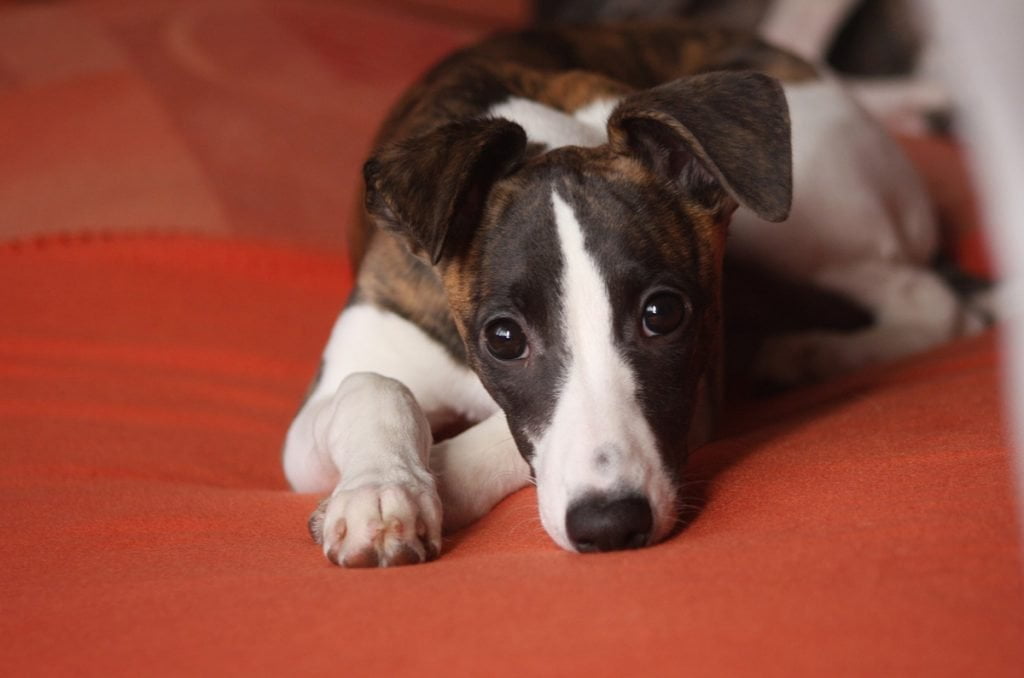
Famous Whippet dogs:
In 2007, a Whippet with Bully Whippet Syndrome, named Wendy, was labelled “the strongest dog in the world” in worldwide news headlines.
Whippet Stud Dog Listings
A dog owner since the early 80s, after convincing his parents to buy a Yorkshire terrier named Sadie, Darren created Dream Dogs so dog owners could find the best dog related information on the Internet.